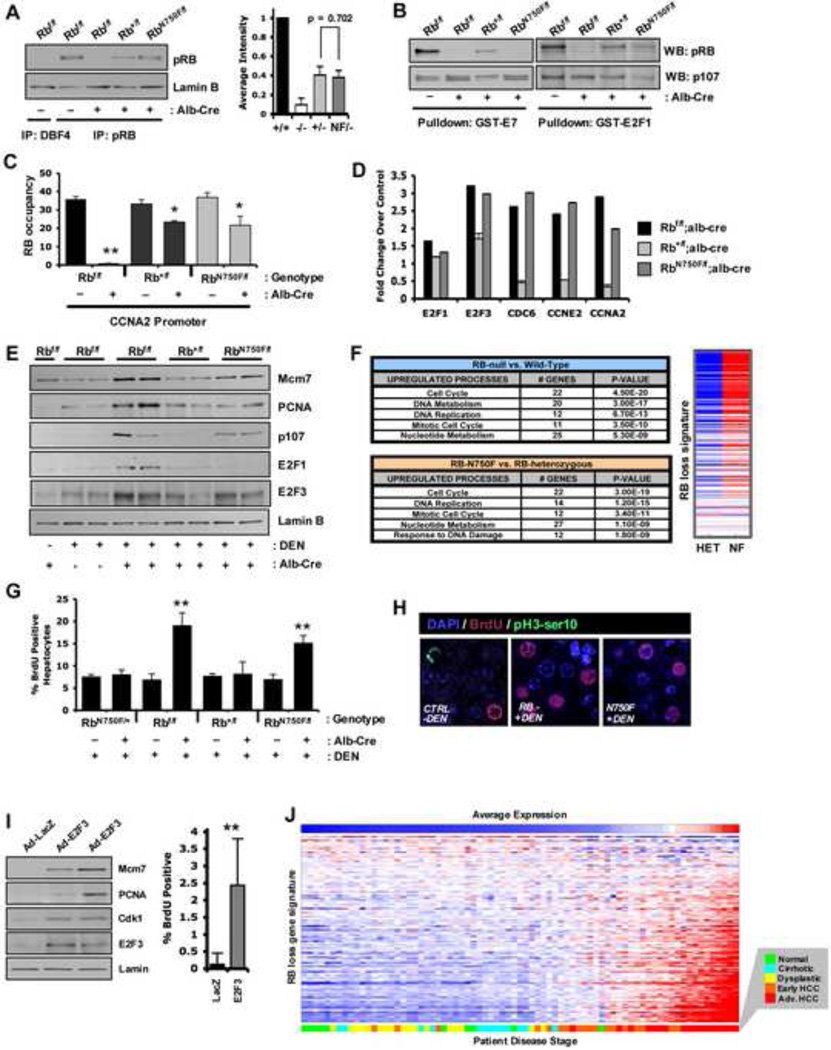Figure 3. The N750F mutant compromises RB-mediated transcription and cell cycle control and is associated with human HCC.
(A) Total protein lysates were immunoprecipitated and indicated proteins were detected via immunoblotting. (B) Purified GST-E7 and GST-E2F1 were incubated with total liver protein lysates and resulting complexes were resolved via SDS-PAGE. (C) Quantitative ChIP was performed for the presence of RB protein. (D) qRT-PCR was performed for indicated transcripts. (E) Total liver protein was immunoblotted for indicated proteins. (F) Ontological analysis of genes regulated by RB loss or LXCXE-binding disruption. Heatmap displays differential expression of RB loss signature genes between genotypes. (G) Percentage of BrdU positive hepatocytes were quantified. (H) Immunofluorescence for the presence of BrdU and pH3-ser10 in indicated liver sections. (I) Male mice were transduced with adenovirus encoding either LacZ or hE2F3 and analyzed for protein expression and BrdU. (J) Human tissue samples of varying disease states in the liver were sorted on expression of the RB loss signature. Error bars represent SD. *, p ≤ 0.05. **, p ≤ 0.01.

